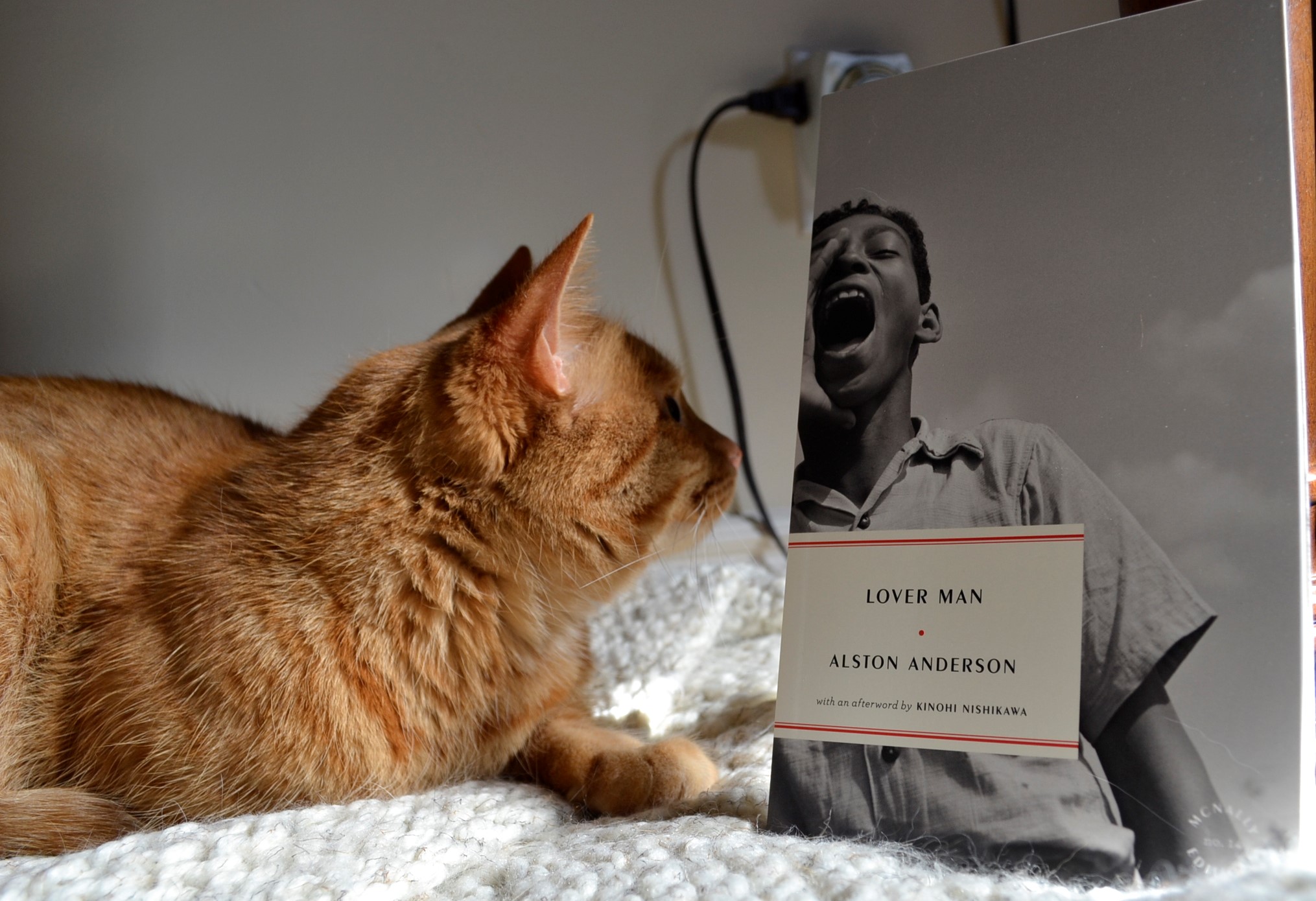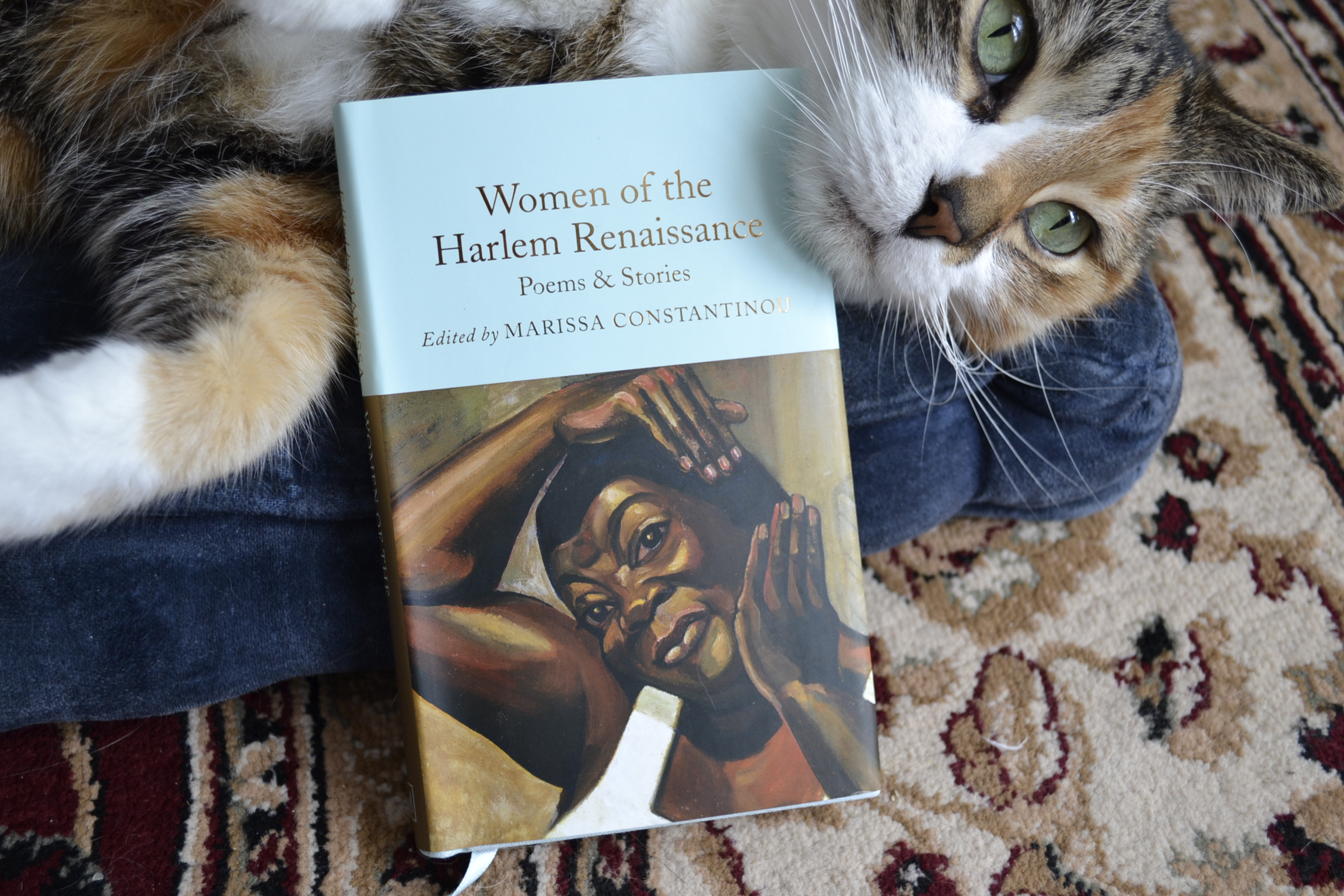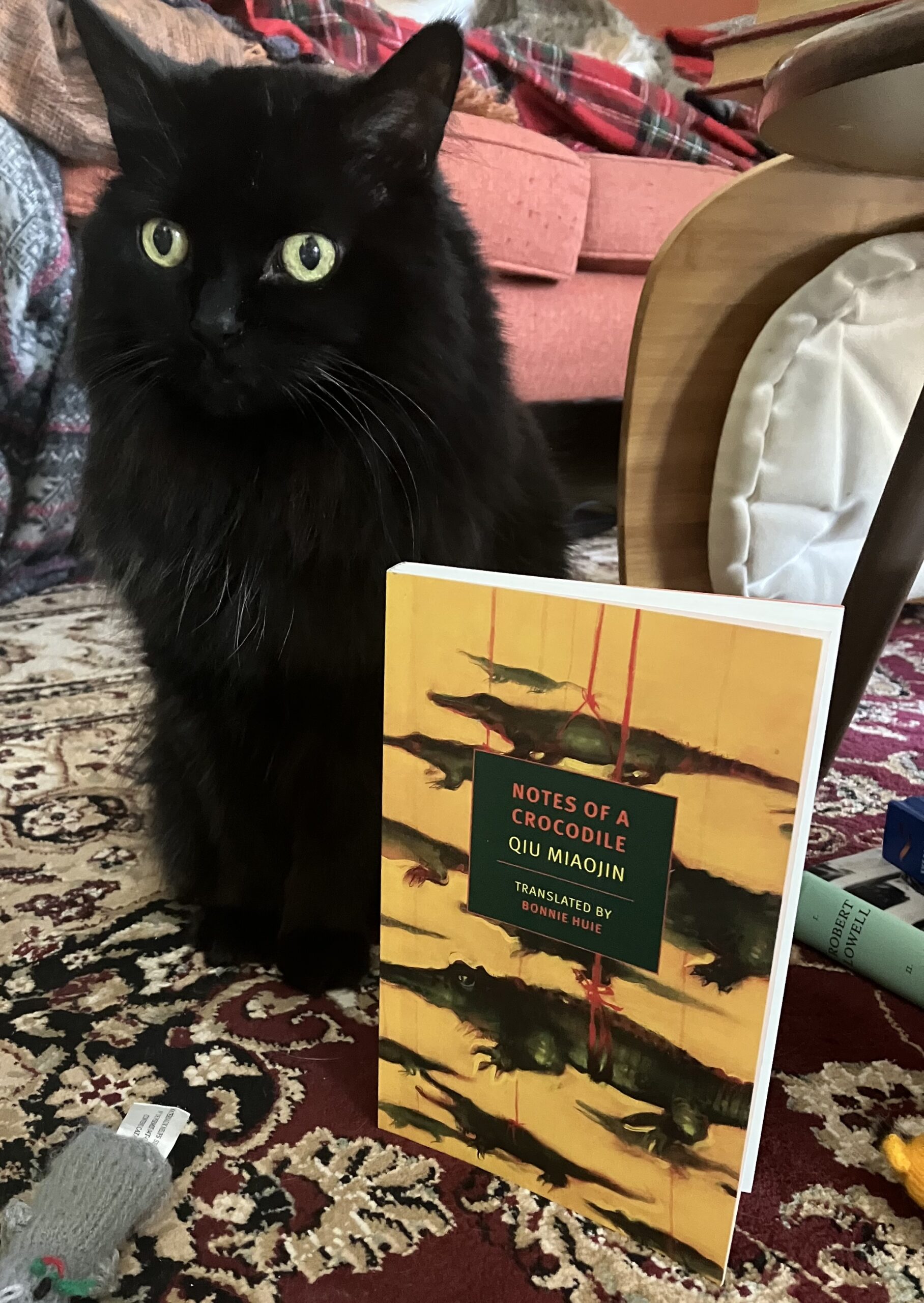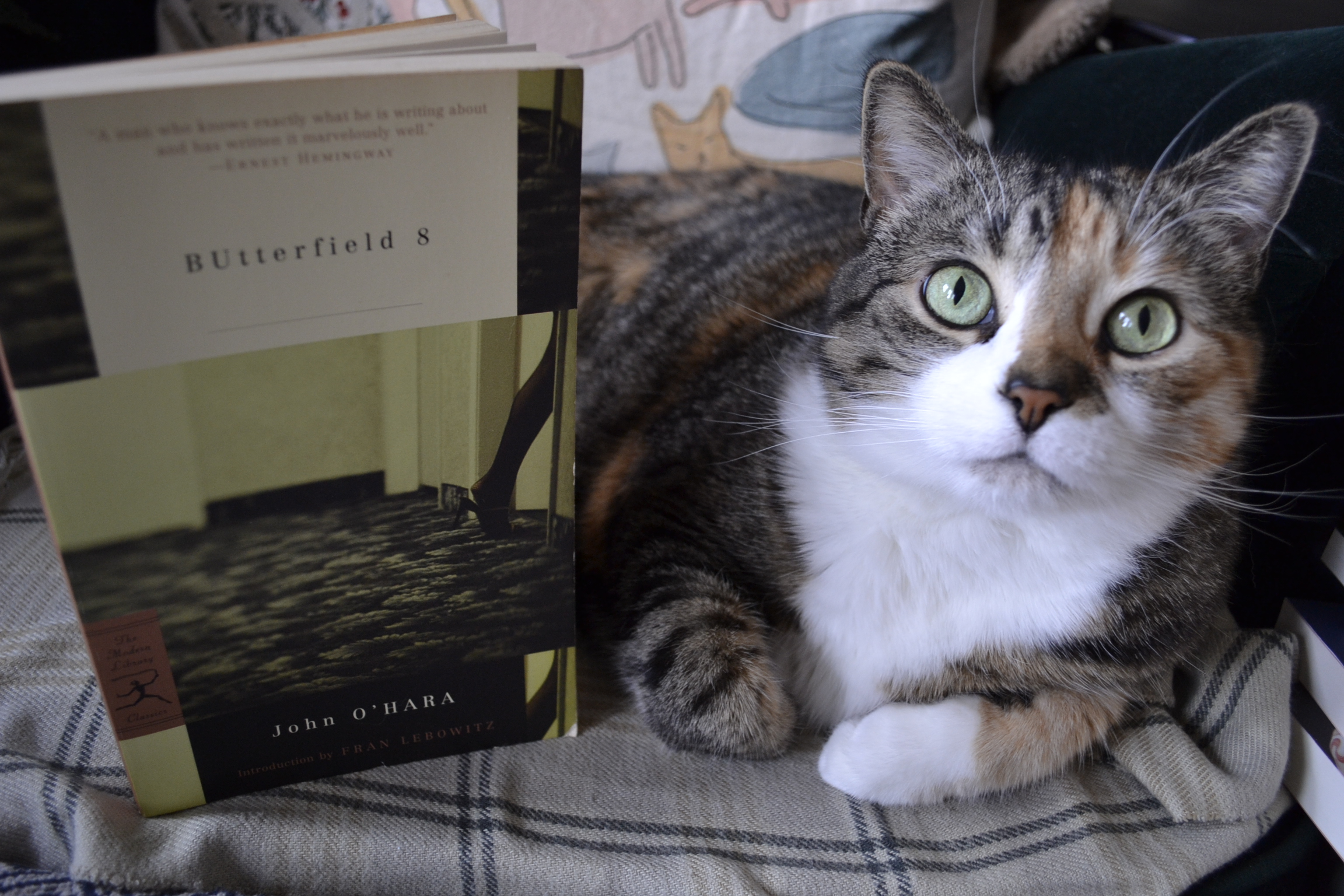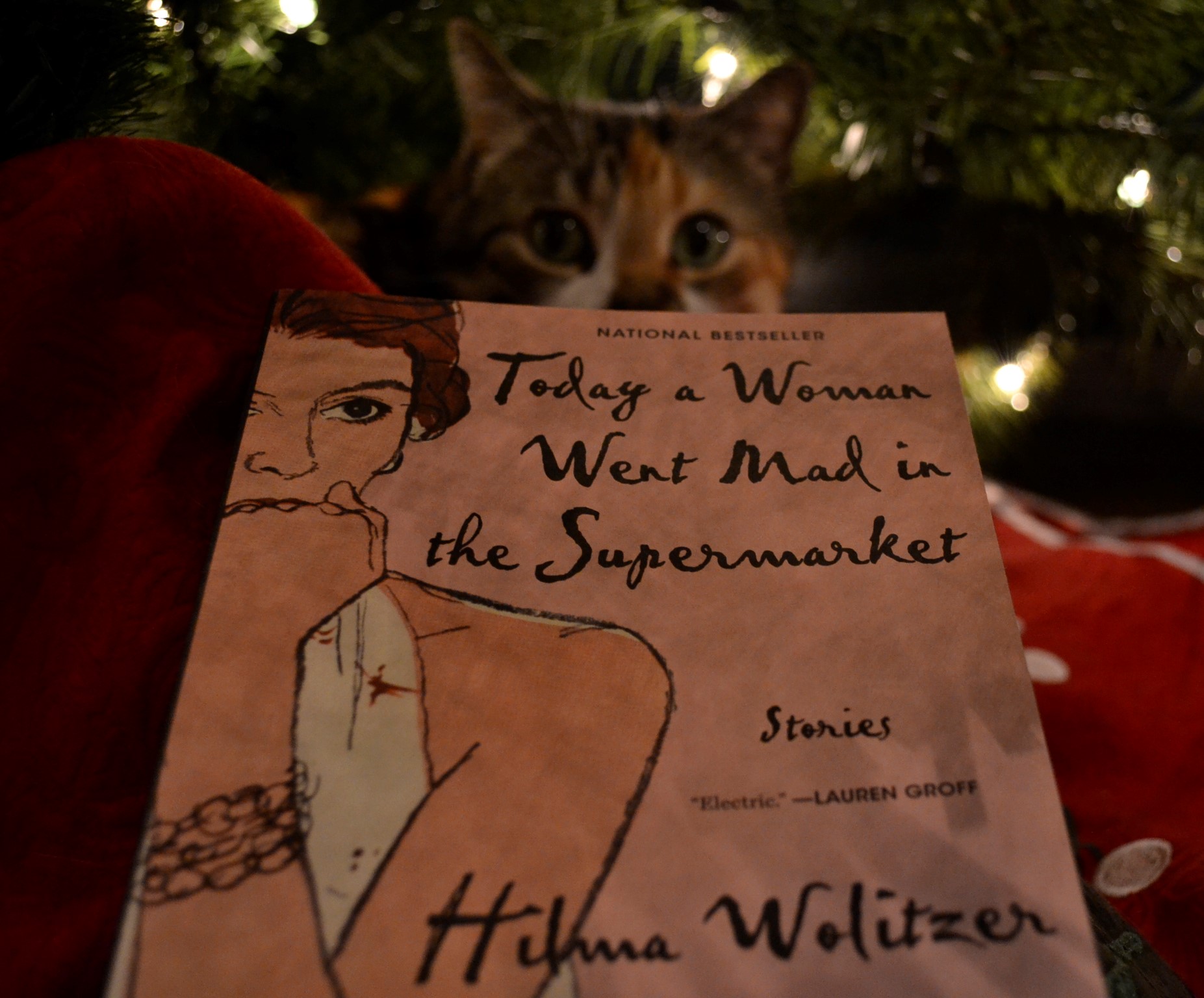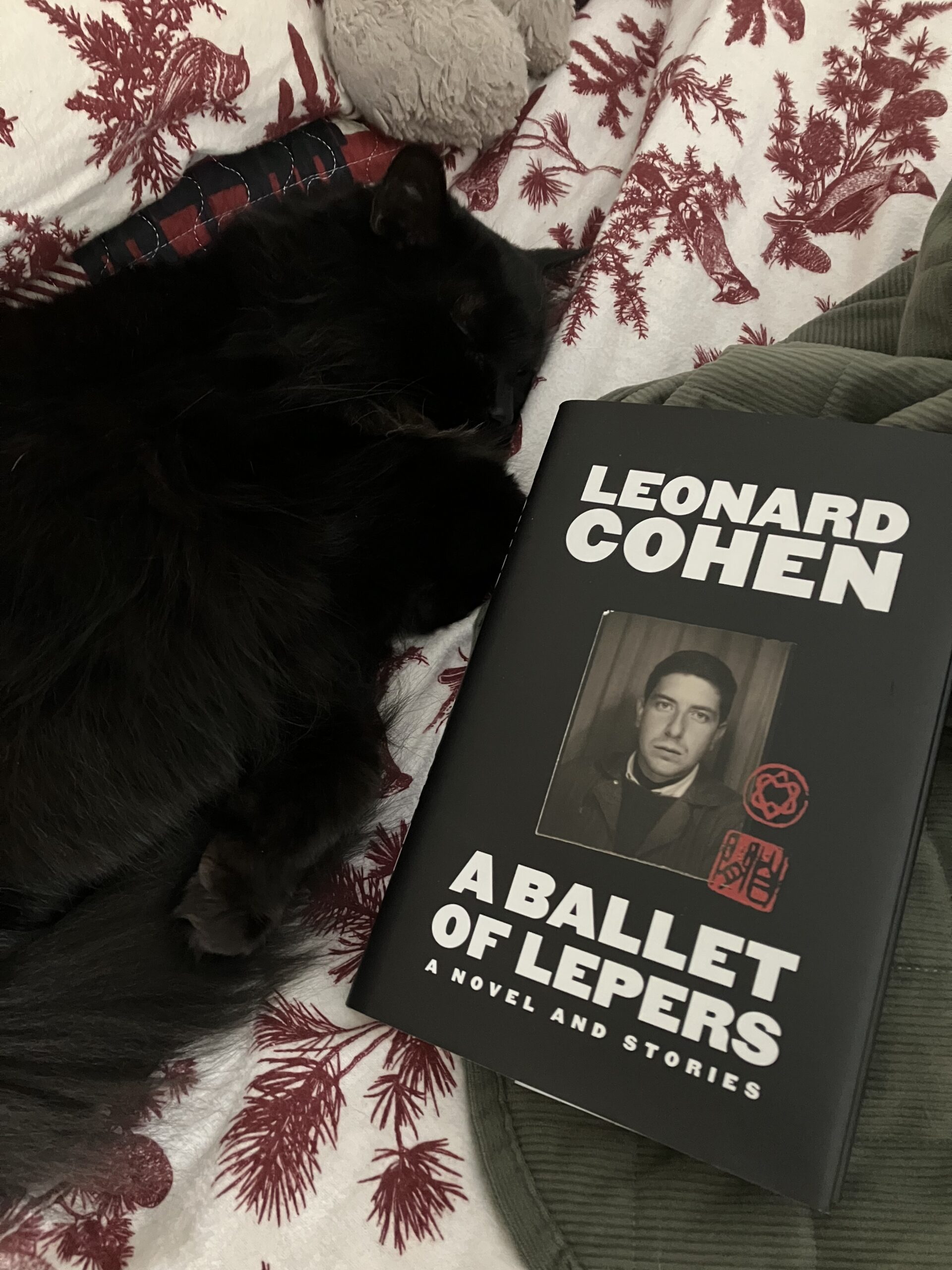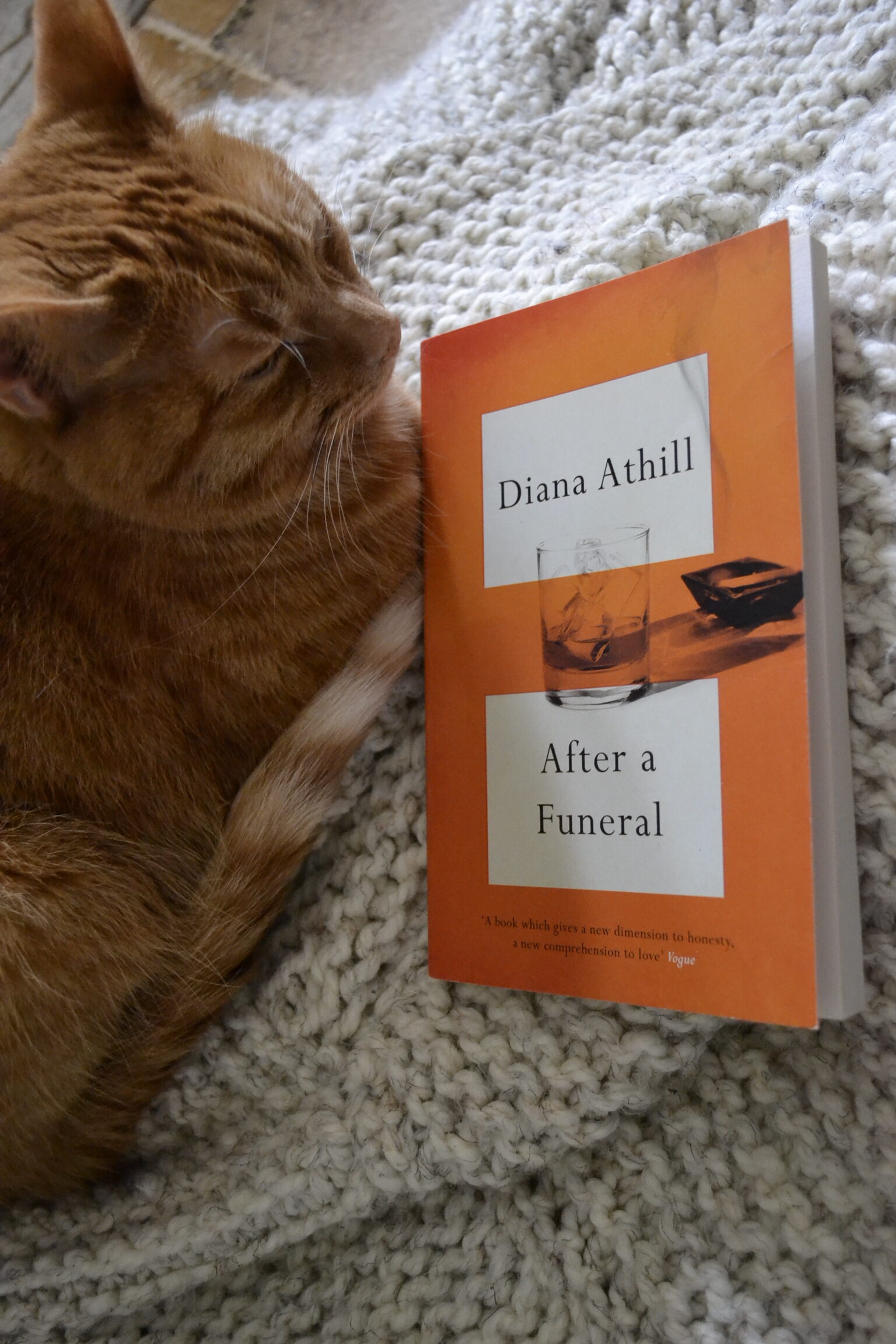Rattlebone
Rattlebone follows Irene Wilson, a young Black girl growing up in a Black neighbourhood in Kansas City during the 1950s. It’s not often I come across a narrative that is very distinctly and unmistakably character-driven, but this one definitely is.

